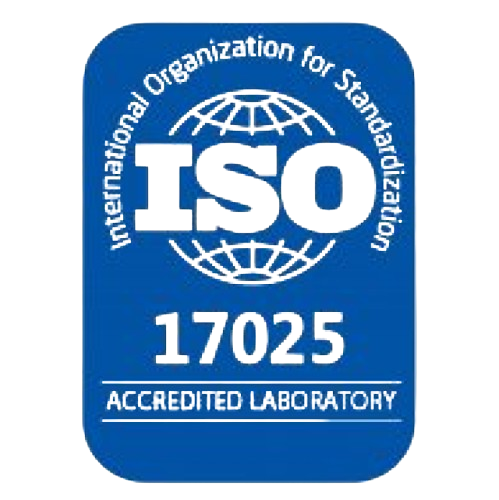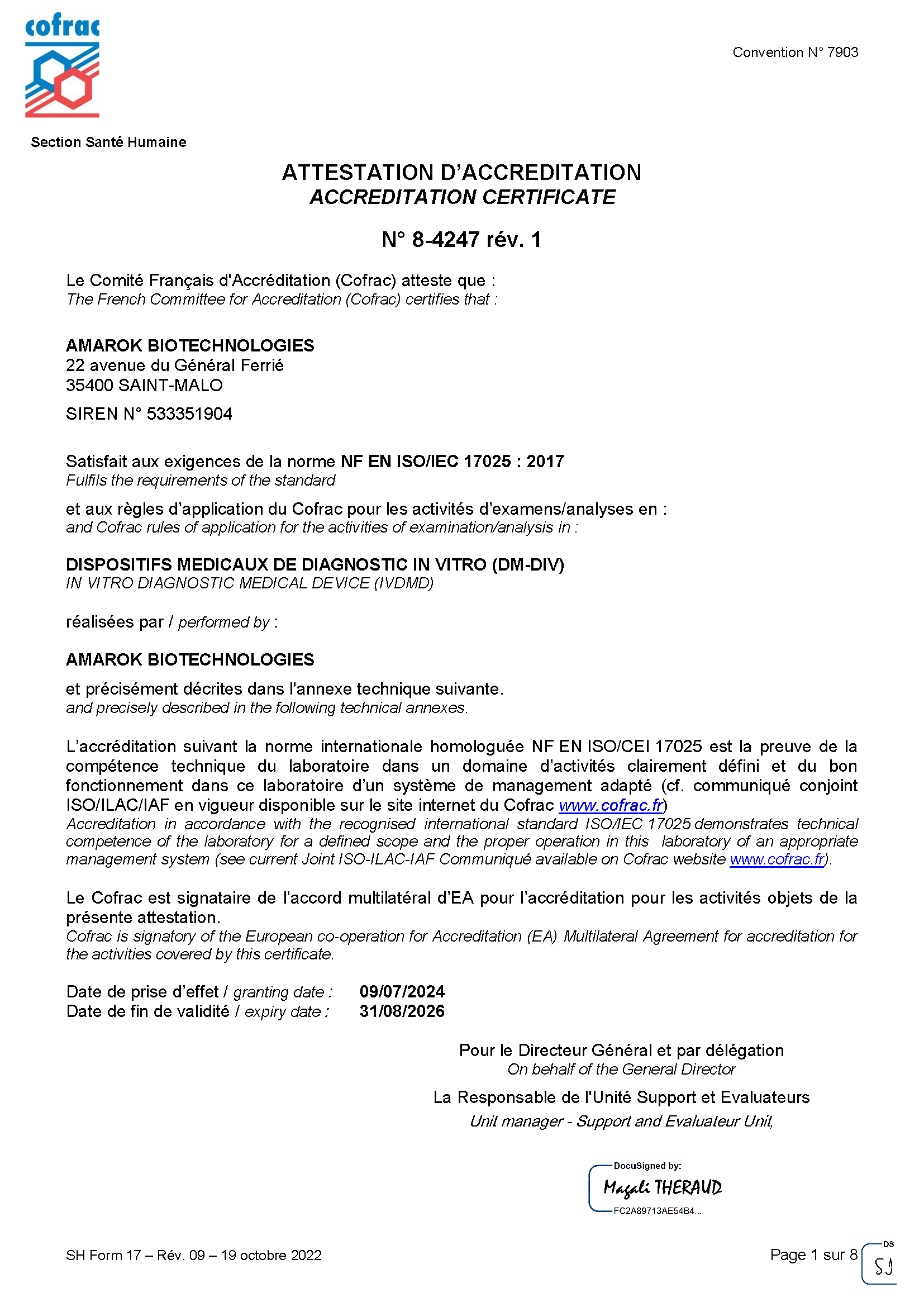
News, Regulation
The administrative challenges of IVDR Regulation 2017/746
Explore the administrative constraints related to this new regulation and the organizational implications for the in vitro diagnostic medical device (IVD) industry.
Accueil › Analytical Performance Evaluation Laboratory
/ Analytical Performance Evaluation Laboratory




First laboratory in France accredited ISO/IEC 17025:2017
for IVD evaluation.


We offer the best guarantees of compliance with the requirements of the new EU regulation 2017/746 on in vitro diagnostic devices, the IVDR.

We provide you with a complete and rigorous analysis for the validation of your equipment.

We help you provide recommendations and open perspectives.

We provide you with essential performance assessments for technology development and validation.


Our expertise will enable you to quickly obtain reliable and accurate data.
The services are specific to your devices. Our team masters the nuts and bolts of regulatory compliance to enable you to create tailor-made regulatory files.

They will guarantee that you can meet the 3 requirements required by the IVDR and the DIN EN ISO 13485-2016 standard, for your device, for the use for which it is intended.
The implementation of European Regulation EU 2017/746 (IVDR) has modified the responsibilities of professionals in this sector with regard to the analytical performance evidence provided to notified bodies.
All manufacturers and distributors of in vitro diagnostic devices in the EU are therefore obliged to comply with the new IVDR requirements. The percentage of devices requiring the intervention of a notified body has exploded, from 7% to 80%!
To carry out this type of analysis, trusted third parties may be commissioned. For European reference laboratories, this activity can only be carried out by ISO/IEC 17025 accredited structures specialized in the field, such as ours.
The IVDR has also redefined the classes of in vitro diagnostic devices: class A, B, C or D. They are prioritized according to the level of risk for patients and public health (from low to high). The frequency of PER updates will depend on the DIV class. Class A and B devices can be updated as needed, but class C and D devices will be updated at least once a year.
Other changes have been introduced, including higher requirements on pharmacovigilance, transparency, etc.
Would you like to request a quote or discuss your projects?
In the EU, medical devices (MD) are regulated by the MDR (EU Regulation 2017/745), which came into force on May 26, 2021. In vitro diagnostic medical devices (IVD MD) are regulated by the IVDR (EU Regulation 2017/746) which entered into force on May 22, 2022. Any new medical or in vitro diagnostic device must comply with the regulations for its European market authorization. In addition to pre-market notification or approval procedures, products are subject to regular inspections and audits. They must also be monitored throughout their life cycle.
The placing on the European market of any medical device (MD) or in vitro diagnostic medical device (IVD) requires CE marking on the product. This certifies regulatory compliance, in terms of performance and safety for patients and users. Manufacturers must follow a conformity assessment process which, depending on the risk class of the device, may require the intervention of a notified body to assess the technical documentation and quality systems.
Manufacturers of IVDMDs must ensure high levels of safety and performance, based on clinical evidence. These are proven by 3 types of data from:
A performance evaluation plan should describe the method used to obtain the data and also indicate planning for performance monitoring after the device is placed on the market.
Evaluation of the analytical performance of medical diagnostic devices by a trusted third party has several significant advantages:
Clinical performance evaluation is one of the three pillars of evaluating the performance of an in vitro diagnostic device. Indeed, it adds to the demonstration of scientific validity and the evaluation of analytical performance.
If the device is innovative, the data can be based on a demonstration of equivalence with an existing IVD. This approach requires a very rigorous analysis to establish a solid equivalence, in terms of technology used, performance, and clinical use.
A specific study of clinical performance is necessary if data are insufficient, particularly for class D devices which present the highest level of risk.
In summary, clinical performance can be demonstrated via:
The new regulatory requirements of the IVDR, both in terms of documentation and reporting and performance evaluation, involve additional resources and also lead to administrative overloads.
According to Article 8 of Implementing Regulation (EU) 2022/944, performance assessment laboratories should be ISO17025 accredited to comply with the competence requirements. Indeed, it is no longer a question of the skill of use to render a medical analysis, but rather of work on the metrology of measurement and evaluation of the measurement tool.

















